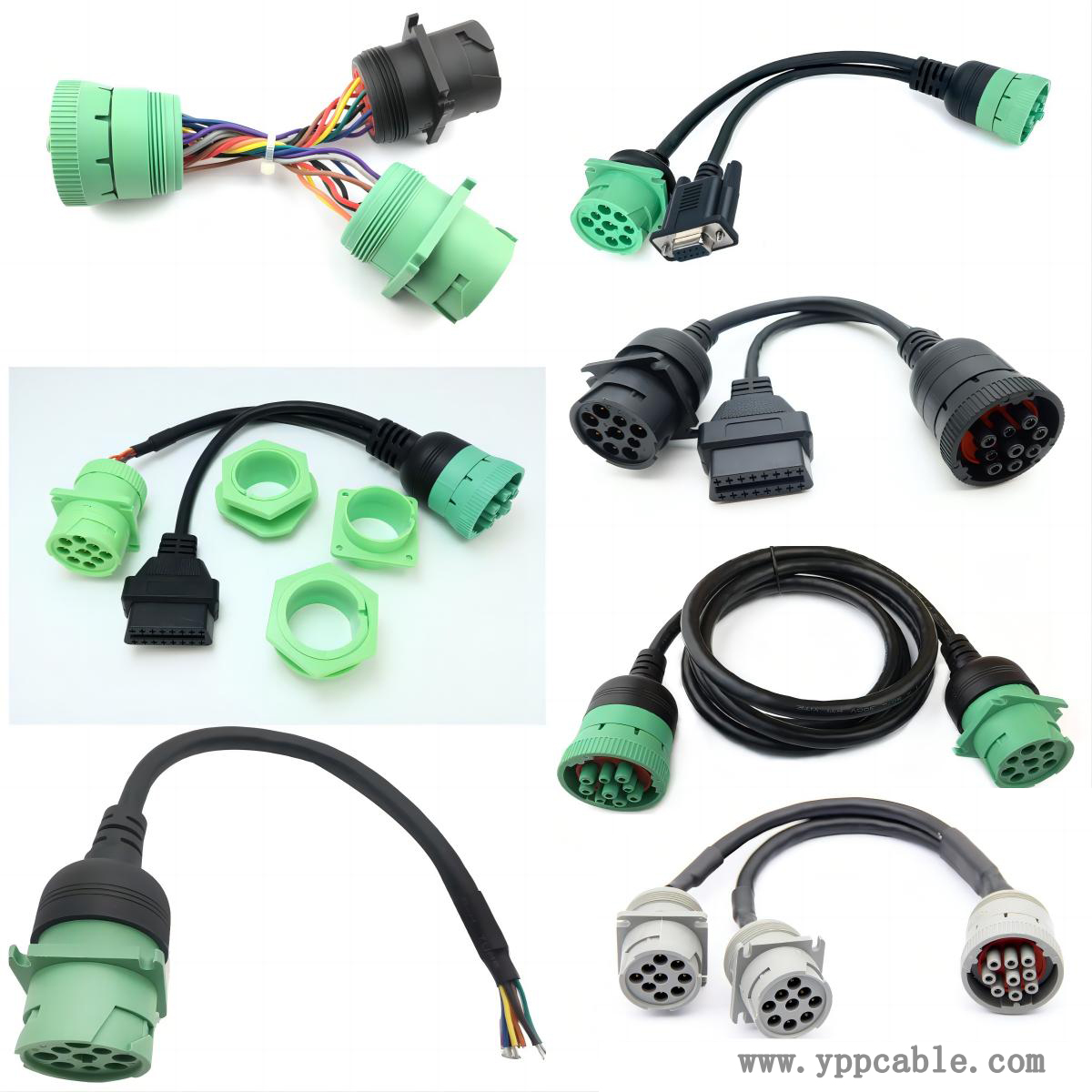J1939 cable plays a key role in electronic control system communication in commercial vehicles, engineering machinery, agricultural machinery and other fields.

Daily inspection
(1) Appearance inspection
Frequency: It is recommended to conduct a visual inspection once a week. For cables with harsh working environments, the inspection frequency should be increased to once a day.
Inspection content
Outer sheath: Carefully inspect the outer sheath of the cable for any damage, scratches, wear, deformation, etc. Pay special attention to areas where cables pass through sharp edges, frequently bend, or are subjected to external compression. For example, near the moving parts of construction machinery, cables are prone to friction or pulling, which requires special inspection.
Connection part: Check whether the connection between the cable and the connector is firm, and whether the connector is loose, oxidized, deformed or corroded. You can gently shake the cable and connector to feel if there is any abnormal looseness. Meanwhile, observe whether the pins of the connector are bent or damaged.
Identification: Confirm whether the identification on the cable is clear and recognizable, including cable specifications, models, lengths, and other information. If the identification is unclear or missing, it should be promptly supplemented or replaced for subsequent maintenance and management.
(2) Electrical performance inspection
Frequency: Conduct electrical performance testing once a month using professional cable testing equipment. When there is a communication failure or suspicion of cable performance degradation in the equipment, timely testing should be carried out.
Inspection content
Insulation resistance: Use an insulation resistance tester to measure the insulation resistance value of the cable. Under normal circumstances, the insulation resistance value should comply with the standards specified by the cable manufacturer. If the insulation resistance value is too low, it may indicate that the cable insulation layer is damaged and there is a risk of leakage.
Characteristic impedance: The characteristic impedance of the cable is measured using a cable characteristic impedance tester. The deviation of characteristic impedance should be within the specified range, otherwise it will affect the transmission quality of the signal, resulting in increased signal reflection and attenuation.
Signal transmission quality: An oscilloscope can be used to observe the waveform of the signal transmitted by the cable and check for distortion, noise interference, and other issues. If the signal waveform is abnormal, it may be due to cable faults or external interference.
Contact: Kevin Yu
Phone:
E-mail: yppcable@126.com
Whatsapp:
Add: FL2,Bld 6, Hongte Industrial Park, Yongtou , Changan, Dongguan, Guangdong